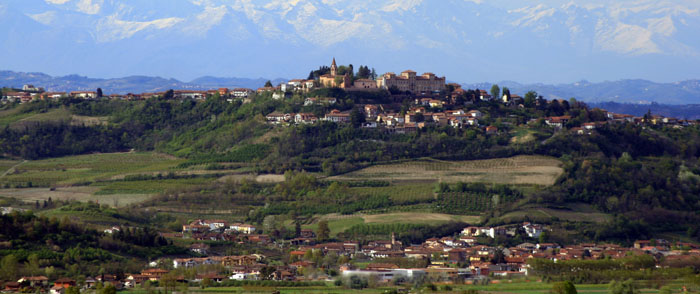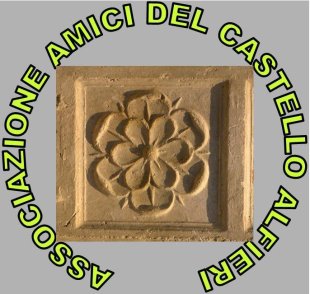


A few archaeological finds documenting a human presence during the Neolithic: polished stones, pins and flint blades, which were found randomly on the hill of San Pietro. An excavation in 2009 to contain the street near the church of San Antonio has confirmed the historical layers of a settlement that left its mark on the Plains of San Antonio since the 4th millennium BC, the scholar who already Maglianesi Antonio Adriano supposed, based on his findings from samples of "green stone, of flint and a fragment of" ring, neolithic. In the centuries preceding Christ lived in the plains "Ligurian Stazielli, but some archaeological remains (pieces of marble, mosaic tiles, pottery shards) suggests that the Roman Magliano already existed in the late first century BC The name "mesh " derives from the personal name Manlius, noble Roman family of the important fifth Manlio Severus, who was almost certainly the owner of those (these) lands. The spread of archaeological interest the land between the town between San Antonio and Biaròt-Cornale-up area of the fields in the center of S.Antonio Sappa-and-again over the highway, near the Piazza Arione Cecilia Morando. This shows that just at the level of our community had developed perhaps the most important settlement along the road that connected the Roman towns of Asti and Pollenzo winding down the hill, more or less on the axis of the current Via Cavour and Valmorterra away. Prior to those found in the 60s and 70s of last century by a local group led by Antonio Adriano, a number of remains had been recovered in the beginning of 900, by the scholar and archaeologist of origin Maglianesi Federico Eusebio (which have been named the Museum of Alba and the Primary Schools of links). These were graves, big tile, amphorae and fragments of vases and imperial coins ranging from Augustus to the Constantinian. Various remains,dating from the the early centuries AD , thefoundations of a country house , tracesof Roman roads and burials of burned fragments of furniture ( which is still visible today , afterwork , a section of wall ) were finally found in 2006 in the central area of the "camps Sappa, " during the excavation for a drainage canal.
In the spring of 402 A.D. started in these areas, with the Visigoths of Alaric, the destructive raids of barbarians. On April 6 of that year, the Roman army led by General Stilicho defeated them at the important city of Pollentia (now Pollenzo village of Bra), slightly delaying the end of the Western Roman Empire, which took place in 476 AD The population is concentrated in villages perched Maglianesi, like the hills of St. Peter and St. Second, some five hundred years after it ended the life of the Roman village of crochet. Magliano is mentioned for the first time in a bill of sale 959. At first it was a Lombard duchy: a relatively safe base of the Lombards was the area of the capital that "in Bria (For Braydam, a term derived from Lombard), and there, most likely, there was a farmhouse. It was then county away, and even the Prince Bishop of Asti, until it emerged the first powerful families: the De Malian, subjects of the Church and then the Alfieri of Asti, Asti important noble family. Around the year 1000 in San Secondo stood the parish church for the rest there was no real center, there were scattered shacks and woods where the farmers gather chestnuts to make bread, chopped down trees to heat and hunted game. The village took shape when the territory became the feud of Alfieri, who built, in early 1300, a palace overlooking the valley, down and replaced by the castle. In 1240 William and Alferio Alfieri, having accumulated capital with the establishment of pawnshops throughout Europe, consists of three eighths of the whole place and Villa di Magliano, for the price of 730 lire Asti ", becoming lords of the site. Alferio Alfieri derived from William and then the branches of the Alfieri Cortemilia, those of San Martino (hereafter called "Support") and those of Magliano and Castagnole Lanze.